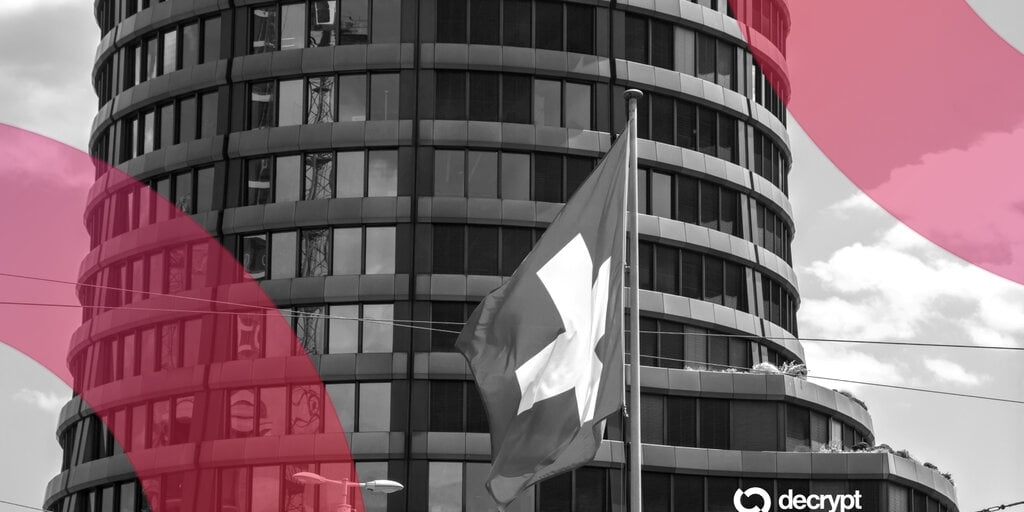
Major financial industry associations are calling on banking regulators to reconsider crypto rules that could reshape the future of banking and digital assets.
Why the Basel Committee’s Crypto Standards Are Controversial
With global adoption of digital assets at an all-time high, Wall Street trade groups are urging the Basel Committee on Banking Supervision to rethink upcoming crypto regulations. These rules, which are set to take effect in January 2026, include capital requirements as high as 1,250% for certain crypto assets—making bank participation in the $2.8 trillion cryptocurrency market nearly impossible.
A coalition of eight major trade associations, including the Global Financial Markets Association and the Institute of International Finance, has warned regulators that these “punitive capital treatments” could push cryptocurrency activity outside of regulated financial institutions, creating a fragmented and less secure market.
Outdated Risk Perceptions
The financial industry argues that these crypto rules were formulated during a period of heightened fear about digital assets, following high-profile collapses like the FTX crisis and Luna/Terra implosion in 2022. According to Musheer Ahmed, founder of Finstep Asia, the perception of risk is outdated compared to today’s more tightly regulated environment. “The risk management for crypto operations now mirrors traditional finance standards,” he explained.
In a recent joint letter, the associations emphasized that such stringent regulations could lead to the very vulnerabilities they aim to prevent. By limiting institutional engagement, the market could devolve into a fragmented system dominated by unregulated entities—posing greater risks to financial stability.
Key Concerns from Wall Street
- The capital requirements for crypto, such as Bitcoin and Ethereum, are far stricter compared to traditional assets like corporate bonds or equities.
- New rules cap banks’ crypto holdings to just 1% of their Tier 1 capital, severely restricting institutional participation.
- Global inconsistencies in how these standards are applied risk creating an uneven playing field.
Furthermore, despite the Basel Committee’s 2024 technical amendments to refine aspects of the framework, they did not address the structural issues that could unfairly limit the role of banks in crypto markets. Data also shows that Bitcoin and Ethereum trading volumes vastly outweigh the daily averages for S&P 500 companies, yet continue to face harsher regulatory treatment.
Looking Ahead: A Call for Change
The coalition of trade groups advocates for a temporary pause on these rules, allowing regulators to reassess and update frameworks to align with the modern cryptocurrency landscape. “Throughout financial history, innovation has paved the way for more robust systems,” noted the letter, emphasizing how bank participation in crypto promotes greater stability, safety, and client protection.
For those navigating the rapidly evolving world of digital finance, tools like the Ledger Nano Wallet can provide secure management of your crypto holdings. Protect your assets as the industry continues to mature and policy changes evolve.
Conclusion
The future of banking and cryptocurrency is at a crossroads. Whether the Basel Committee responds to these trade groups’ concerns could determine if cryptocurrency becomes further integrated into the financial system—or remains outside the domain of regulated institutions. Stay informed as changes unfold in this pivotal moment for both crypto and traditional finance.



